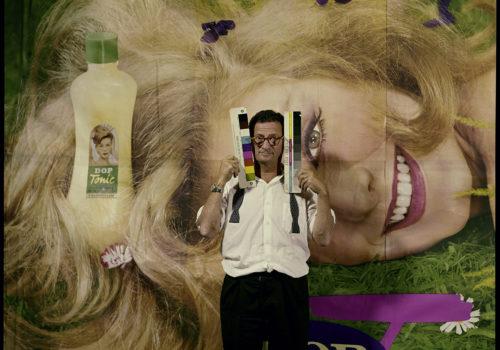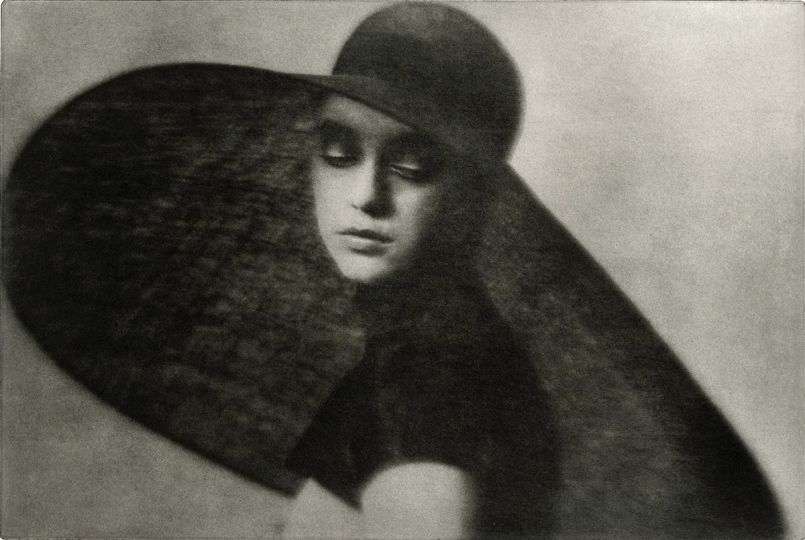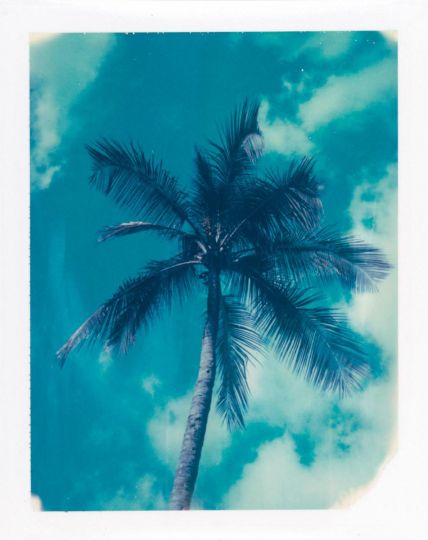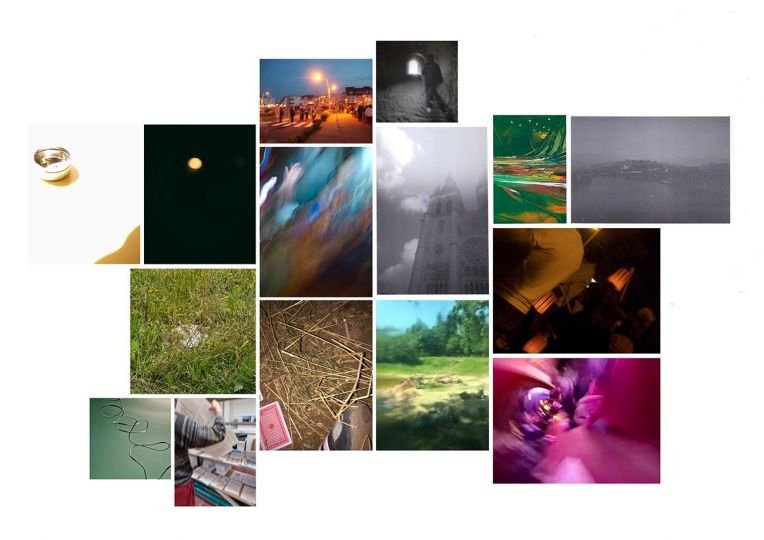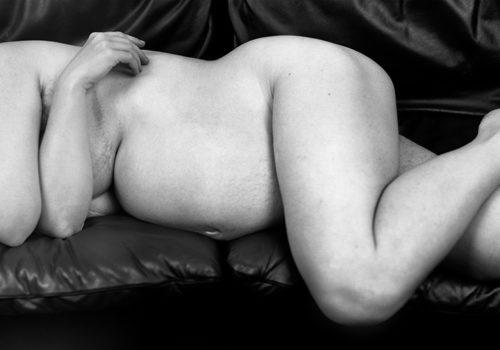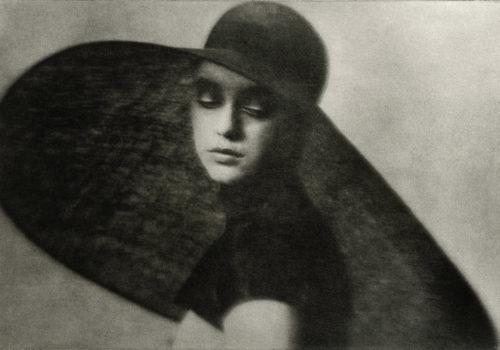The Musée d’Art et d’Histoire du Judaïsme (mahJ) presents the exhibition The Tribulations of Erwin Blumenfeld, 1930-1950. Our edition today is dedicated to Blumenfeld, one of the most influential photographers of the twentieth century. An experimenter and innovator, he produced an extensive body of work including drawings, collages, portraits and nudes, celebrity portraits, advertising campaigns and his renowned fashion photography both in black and white and color. With many thanks to Nadia Blumenfeld-Charbit for her help in creating this special edition.
Jean-Jacques Naudet
“As I had no other solution left, I became a photographer. Everyone dissuaded me. Failed painters became window display designer, failed window display designer became photographers. But photographer, what a decline!“
Erwin Blumenfeld, Jadis and Daguerre – eds. Babel, 2022
In the 1940s, at almost fifty, Erwin Blumenfeld established himself in New York as a leading fashion photographer. His images were on the cover of many magazines, including Harper’s Bazaar and Vogue, and remained references. Before achieving this success, Blumenfeld experienced a tormented fate. Born in Berlin in 1897 into the integrated Jewish bourgeoisie, he was promised higher education. But the disappearance of his father in 1913 reduced the family to ruin, and he entered an apprenticeship in a clothing house. Mobilized in 1916, he worked as an ambulance driver, carting corpses, then accountant in a military brothel in the countryside. In 1918, his brother Heinz died on the front, and Erwin was almost shot for desertion, before joining his fiancée, Lena Citroen, in Amsterdam. There, he made a living by opening a leather goods business and trying to find himself in art before devoting himself fully to photography from 1932. He left the Netherlands for Paris in 1936 and, when he broke into fashion photography , the war and the Occupation plunged him into two years of wandering and internment in various camps in France and Morocco. In August 1941, he managed not without difficulty to reach the United States with his family.
The 1930s and 1940s are those of the revelation of his talent, served by original and abundant artistic experiments, pursued with the same fervor from Paris to New York. After beginnings within the Dada movement, marked by visionary photomontages on Nazism, Blumenfeld built a work far from the troubles of time. He was inspired by the shooting techniques of the “New Vision”, which he extended and renewed during laboratory printing: solarisations, reticulations, superimpositions, mirrors and optical effects, games of shadow and light thus form a grammar at the service of a work where feminine beauty and the nude occupy a central place. In the United States, he became a pioneer in the field of color photography, conducive to new experiences.
The exhibition sheds light on this fruitful period for the photographer, and reveals new series, such as the reportage on a gypsy family in Saintes-Maries-de-la-Mer, or that on Native American dances in New Mexico. In the footsteps of the photographer, whose destiny was ultimately happy, it reveals an emblematic journey as that of many European Jewish artists in the turmoil of the 20th century.
Curators: Nadia Blumenfeld-Charbit and Nicolas Feuillie
Les Tribulations d’Erwin Blumenfeld, 1930-1950
Until March 5, 2023
mahJ : Musée d’Art et d’Histoire du Judaïsme
Hôtel de Saint-Aignan
71 Rue du Temple
75003 Paris, France
https://mahj.org/fr
Catalog : Les Tribulations d’Erwin Blumenfeld. Eds. mahJ/NMR 2022

